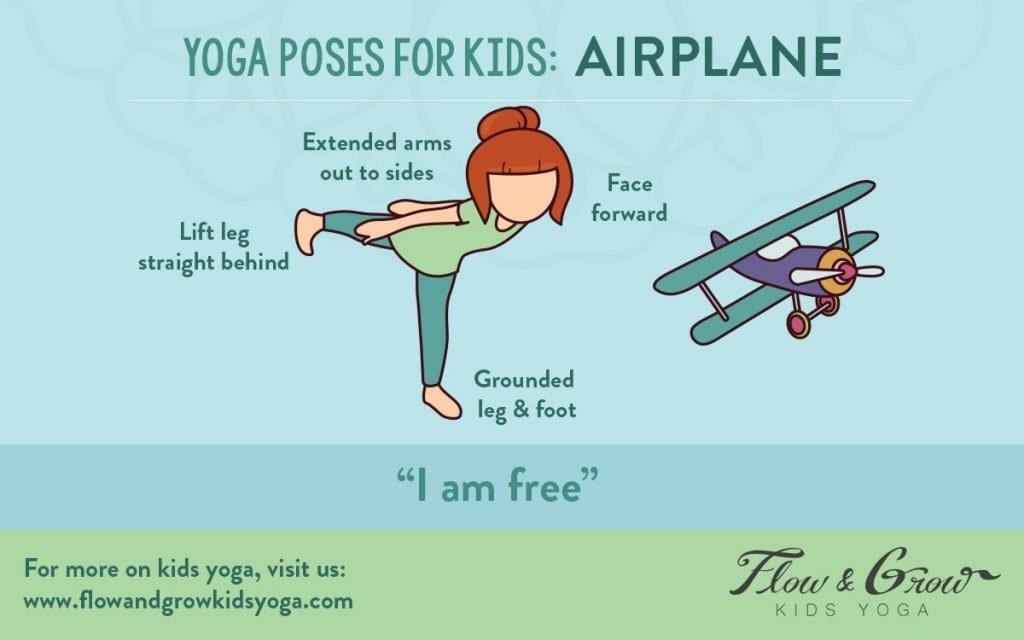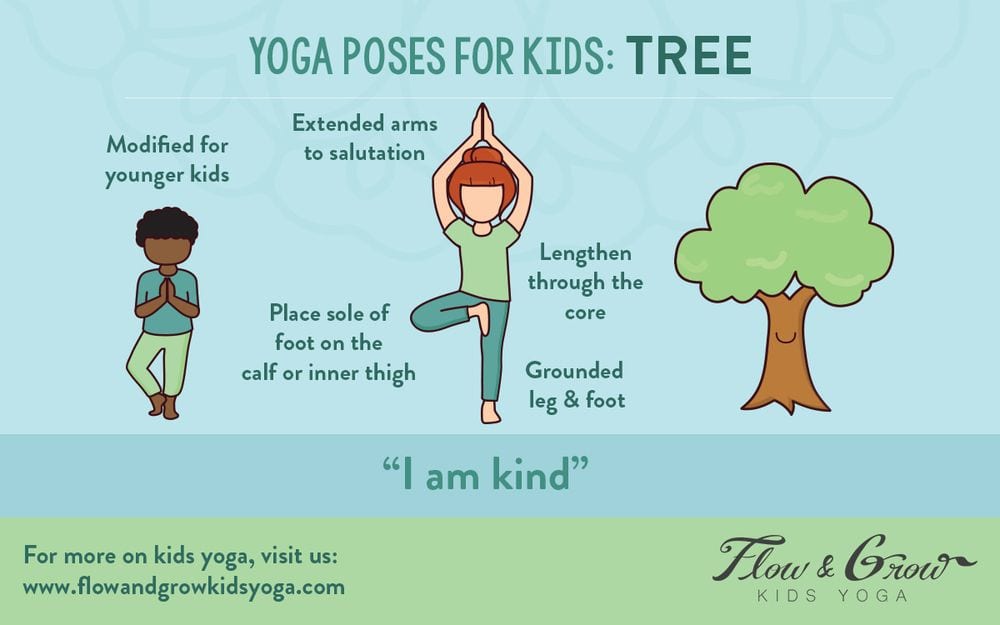Balance is such a major component of development that without mastering this skill, children may face falls and injuries often as they are performing everyday tasks. What exactly is balance? Balance is the ability to stay upright and in control when the body moves out of its center base of support. This includes sitting in a chair, squatting or bending over to pick up objects, walking up and down stairs, stepping over obstacles in our way, and walking across various surfaces to get to our destinations. Static balance is the ability to keep the body upright when in a stationary position, while dynamic balance is the ability to keep the body upright when in motion.
Before children are able to advance to higher level gross motor skills, they need to have a good sense of body awareness and balance. What is unique about balance is that it relies on muscle strength, vision, vestibular and proprioceptive systems, muscle tone, joint stability, and emotional regulation. When all these components are performing at their best, children are able to develop the appropriate balance reactions that will allow them to safely navigate their environment without fear of getting hurt.
Here are some ways work on dynamic balance through play:
- Walk across or stand on dynamic surfaces, such as a pillow or wiggle cushion
- Tandem walk or move heel to toe across a balance beam or painter’s tape path
- Play hopscotch with alternating two-feet stance and one-foot stance
- Yoga poses that involves standing on one leg
- Kneeling on the floor or a couch cushion and hitting a balloon
- Walking across a line drawn on the floor and reaching down to grab objects
- Riding a bike and scooter while practicing staying in midline
For more at-home activities to improve your child's balance, click on the links below.


Please email us at to learn more about 1:1 OT or SLP visits for your child, typically covered by your health plan. Find us on Facebook at @BostonSensorySolutions or online at BostonSensorySolutions.com.
